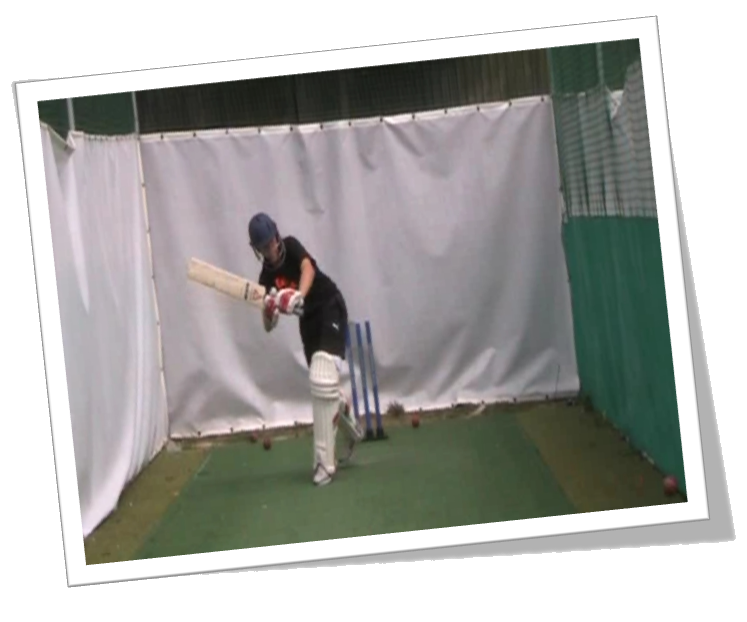How to Use “Pairing Up” to Score More Runs Against Spin

In the last few years modern innovative shots have become far more common.
But without tactics, all those dil-scoops, switch-hits, fine sweeps and charges down the wicket are ineffective.
How many times have you seen a sweep into vacant fine-leg, only then to be stifled by a man moved to short fine leg? The results are nice looking shots, no runs and a build up of pressure on the batter and the team.
How do you help players make it all work together?
At Somerset in 2005 we had that exact problem.
Despite their clear talent, we needed to build some structure and strategy to make each player more effective in limited over and Twenty20 cricket.
Pairing up is simply using two shots in combination to control the field and keep the scoring rate up. Brian Lara was exceptional at this.
The net result is that the bowler can’t keep batters quiet and bowls some big scoring balls as a result of frustration and the pressure that you apply on him.
The sweep and roll pair
Using pairing up, the first shot is swept into the gap to move a fielder from another position.
Then on the next ball, when there is another gap – say at square leg – the player rolls the ball into the new gap for a low risk single.

The best way to do this is taking a more offside guard; you can then take balls from off stump into that vacant square leg position.
People have asked me “isn’t that risky?” And I reply that if you respect the fundamentals of batting then you reduce the risk factor:
- Starting in a balanced position
- Being balanced at contact
- Hitting the ball late
- Watching the ball as hard as you can
Ian Bell is a magnificent exponent of this, making it difficult for a spin bowler to build up pressure on him.
The drive boundary and single pair
Kevin Pietersen and MS Dhoni are especially good at taking the pressure out of the game with this pair. They use their feet to clear both men back to the fence and then milk easy singles down the ground.
Lots of players find it easy to ease the ball up and over mid off and mid on from spinners which then causes the captain to put one or two men back.
I’m amazed at how many players can then not hit the ball for an easy one along the ground by beating the bowler on either side.
The trick is first create awareness of the tactic then teach it by bringing use of feet into practice so players get used to meeting the ball on the half volley or full toss.
How to practice paring up
Before you work on the game plan elements, make sure you players are good enough at each shot in the pair.
- Fine sweep, back foot maneuver to square leg and front foot maneuver to square leg.
- Lofted on drive, lofted off drive, on drive and off drive.
Use throw downs and under arm feeds to increase player’s flow and efficiency in the movement patterns that you are honing.
In their own time players can also use mirror work and visualisation to further improve body awareness.
Measure and track success by hitting sets of 6 and noting down the success rate.
This will monitor progress, build awareness and provide confidence to players that that their skills are developing.
Then once you feel the players are consistent, you can test it in a match situation.
Play a game in the nets with spinners bowling to an imaginary field.
The batsman’s aim is to make the spinner swap his square leg for short fine leg or vice versa in as short a time as possible and then see how long it takes for him to have to move him back again because of pairing of shots.
Do the same with mid-off and mid on and seeing how many times in a session batters can force a change.
Once the player is confident they can take the tactic into a match, knowing that it works with the evidence to prove it.
Pairing up became an effective tactic for the Somerset players, and it will become one for your team too when you create the right training environment for the batters to work on their game plans.
- Login to post comments

